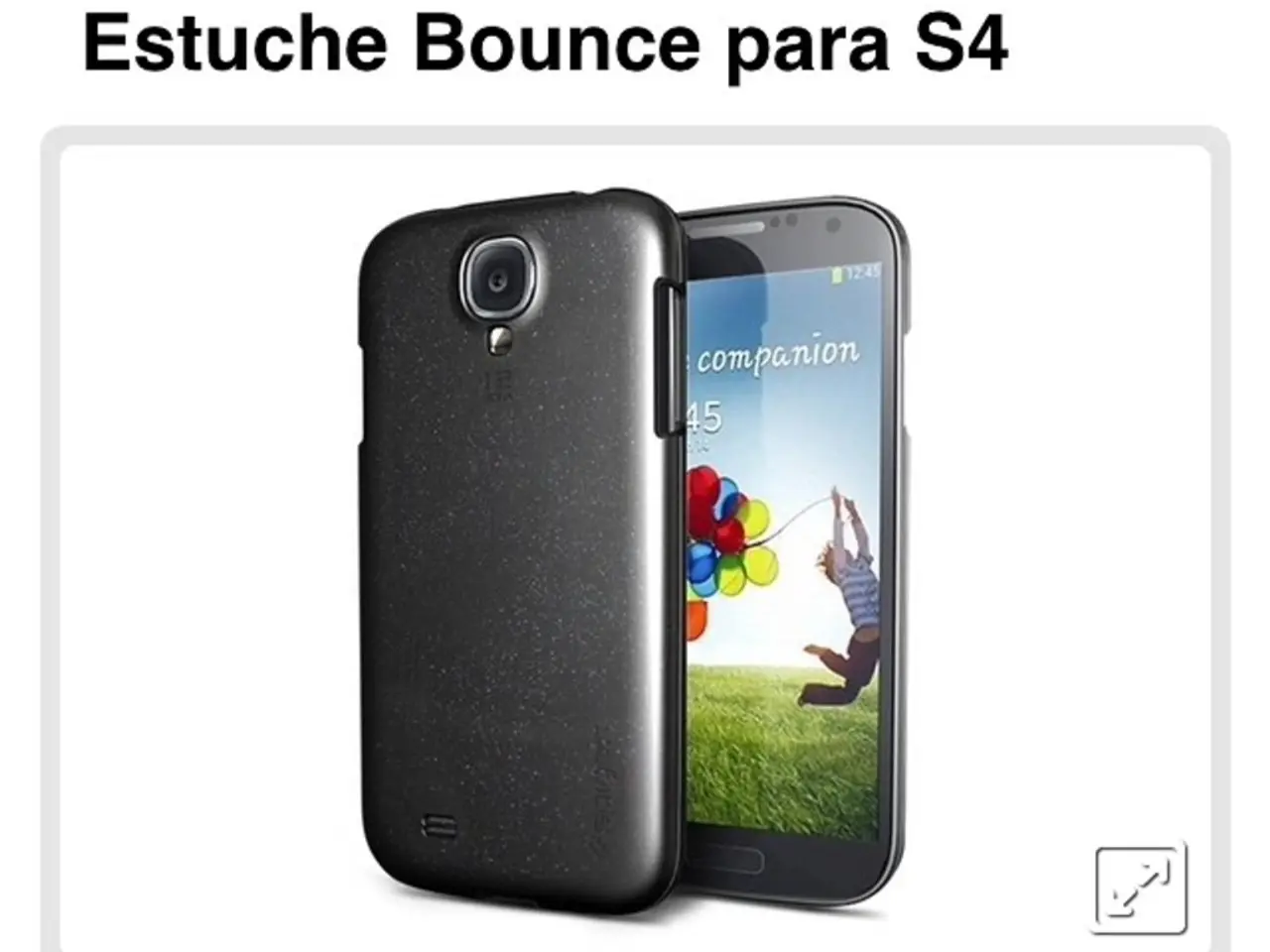Guide for Crafting Android Apps: Achieving Expert-Level Design Based on Screen Size and Resolution
================================================================
In the ever-evolving world of Android, understanding screen sizes and resolutions is crucial for anyone involved in app development or use. This comprehensive guide will walk you through the most common Android screen sizes and resolutions, as well as best practices for designing adaptable and responsive apps.
Popular Android Screen Sizes and Resolutions
As of 2024-2025, frequently encountered mobile screen resolutions include:
- 360×800 pixels (the most popular globally)
- 390×844
- 375×667
- 414×736
For tablets, common resolutions are:
- 768×1024
- 1024×768
- 601×962 pixels
Key Strategies for Effective Android App Design
To support these diverse screen sizes and resolutions, apply these key strategies:
- Responsive Layouts: Use flexible layout managers like ConstraintLayout, which allow UI elements to adjust dynamically to different screen widths, heights, and orientations without fixed pixel sizes.
- Material Design Guidelines: Follow Google's Material Design framework for consistent visual and interaction patterns across devices.
- Resource Qualifiers: Create multiple resources (layouts, images) tailored to specific screen densities and sizes using Android's resource qualifiers.
- Test on Multiple Devices: Leverage testing tools such as Firebase Test Lab to automate UI tests on various hardware profiles, ensuring consistent behavior and appearance.
- Consider Orientation and Size Variations: Design layouts that gracefully handle both portrait and landscape modes and accommodate both phones and tablets.
Google Play Store Submission Requirements
To submit an app to the Google Play Store, you'll need app preview resources, including screenshots, videos, and descriptions. The recommended number of screenshots to submit is at least 4, with a maximum of 8. The minimum dimension for Google Play Store screenshots is 320 pixels, and the recommended resolution is at least 1080 pixels to ensure clarity and high definition quality. The maximum dimension for screenshots should not be more than twice the minimum dimension.
Simplifying Android App Development
Platforms like AppMySite make it easier to create dynamic and adaptable apps for all types of screens, sizes, and resolutions without any coding. With AppMySite, you can create native and responsive apps under one roof, from design to development and implementation.
In summary, to support common Android screen sizes and resolutions effectively, focus on responsive, flexible UI designs using ConstraintLayout, adhere to Material Design principles, utilize resource qualifiers for multiple screen densities, and perform thorough multi-device testing. This approach ensures your app delivers a consistent and user-friendly experience across the fragmented Android ecosystem.
[1]: URL for more information on popular Android screen sizes and resolutions. [2]: URL for more details on Android's best practices for responsive design. [3]: URL for more information on Google's Material Design framework. [4]: URL for more details on Android's resource qualifiers and testing tools. [5]: URL for more information on window size classes and their role in responsive design.
- To create adaptable and responsive Android apps, utilize technologies such as ConstraintLayout for flexible layouts, Google's Material Design framework for consistent visual patterns, and Android's resource qualifiers for catering to specific screen densities.
- Leverage platforms like AppMySite, a technology-driven solution, to simplify the process of building dynamic Android apps catering to various screen sizes and resolutions without the need for extensive coding.




